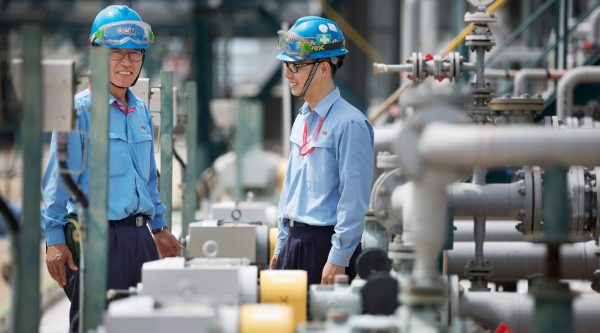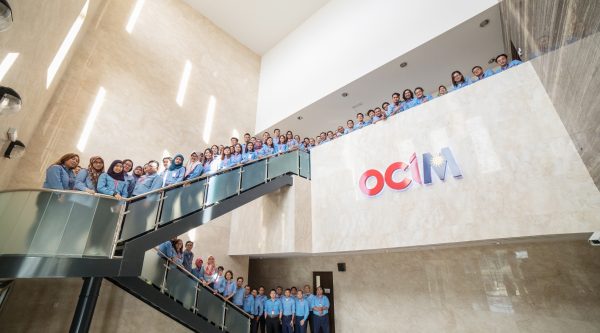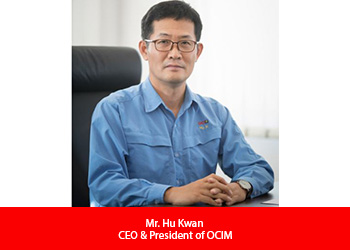
This site
is mobile
responsive

Established in 1959, OCI, with head office in Seoul, South Korea is a global producer of value-added chemicals and materials for a broad range of industries. In March 2008, OCI launched commercial production at Gunsan P1 plant with a nameplate capacity of 5,000 metric tons shortly after polysilicon spot market prices hit a historic high of over USD500/kg. Subsequently, OCI boosted the capacity to 52,000 metric tons by the completion of Gunsan P2 and P3 plant.
In recent years, it has become increasingly clear that we needed a plan to expand our polysilicon production capacity to maintain our current market share. Demand from the global solar PV industry has consistently grown at solid double-digit rates over the past decade.
In 2015, an attractive opportunity presented itself when Tokuyama Corporation, Japan was looking to sell its underperforming polysilicon operations in Samalaju Industrial Park in Sarawak, Malaysia. OCI began discussion to purchase and take over the operation in 2015.
The takeover was successfully completed in May 2017.
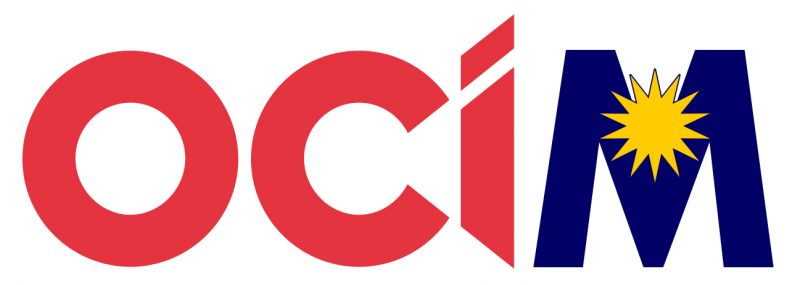
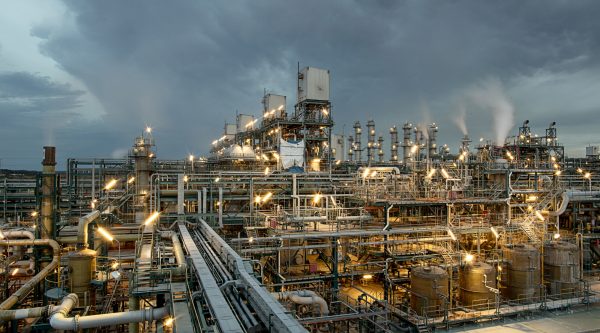
Following the takeover, OCI focussed to normalise the operations. After the completion of debottlenecking initiatives, the Sarawak P2 capacity reached 17,000 metric tons from 13,800 metric tons. OCI had also been hard at work to get the Sarawak P1 ready for commercial operations. In 2019, the total site capacity for both Sarawak P1 and P2 boosted to 27,000 metric tons.
Having made us the polysilicon industry’s No.2 world producer, the Sarawak operations will become an even more valuable strategic asset in the years ahead. First of all, our Sarawak operations benefit from a favourable business environment that includes lower utility, labour and land costs. OCIM employs more than 700 personnel from 19 ethnic backgrounds. The well-trained local employees, as well as the cultural proximity to Korea are another crucial factor for the acquisition of Sarawak operations. Furthermore, the support of the Malaysian government and in particular the Malaysian Investment Development Authority (MIDA) played an important role.
In addition to producing raw polysilicon used to create clean solar power, the plants themselves are powered by renewable energy in the form of hydroelectric power. They give us access to a new customer base not previously served by our Gunsan operations, opening the door for us to expand our market reach. They give us plenty of space to grow polysilicon production to meet future industry demand and increase market share. The space given to increase also opens up the possibility for us to expand production beyond polysilicon to other core chemical businesses as we pursue opportunities for synergy in this key Southeast Asian manufacturing base.
OCIM facility in Sarawak is not our first manufacturing base in Malaysia. In November 2011, we launched an operation of a metallurgical silicon plant in Banting. Although we closed the uncompetitive facility in November 2017, the practical experience gained from operating in the Malaysian market has been invaluable in the successful takeover transition of the Sarawak polysilicon operations.
OCIM currently produces 14,000 metric tonnes of polysilicon annually which equates to 3.0GW of solar power generation that provides enough electricity to power a brighter tomorrow. Going forward, this local experience combined with our decade of expertise in the polysilicon industry as one of the industry’s most cost-competitive markets puts us on track to significantly boost our global production capacity.
